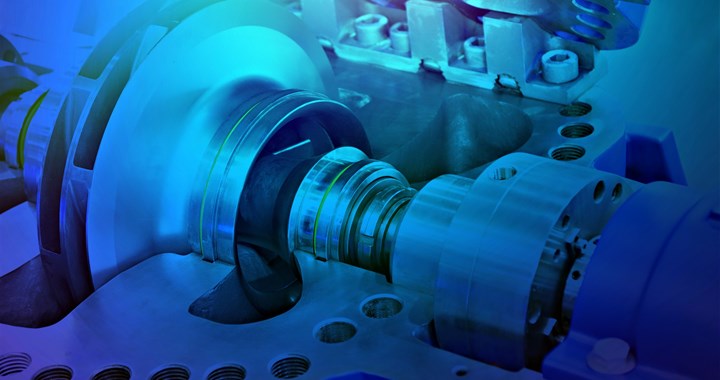Publisher: Pump Engineer Magazine / May, 2014

Hydro is a global leader in the pump aftermarket repairs, upgrades and engineering solutions.
Pump companies typically fall into one of two categories: the original equipment manufacturer (OEM) that design, build, and sell pumps; and smaller, local machine repair shops. But Hydro offers the pump industry the best of both worlds. George Harris, one of the original founding engineers and current CEO, explains Hydro’s unique worldwide market position: “We have developed a unique niche where we have the engineering services, the testing capabilities, and the worldwide footprint that the large OEMs have, but we still maintain the exibility and the cost-effectiveness of the smaller companies.”
Harris also emphasizes that engineers are the heart of the company. Nick Dagres, the Vice President of Nuclear Operations in Chicago, notes that “We focus on aftermarket services and support. We implement engineering modifications to improve the performance of pumps that are out in the field.” By offering pump rebuilding, engineering, and upgrading at each service centre, Hydro can more effectively service the special needs and requirements of customers in each region. Staying close to the customer is one of the fundamental tenets of Hydro’s strategy and culture.

(Left) Hydro’s long list of services include welding-related repairs, such as performed on this 2 ½” Pacific RL IJ charging pump. (Right) A thorough quality inspection is carried out by Hydro’s detail oriented engineers.




 Hydro Inc. is pleased to announce the acquisition of Energy Repair Service in Denver, Colorado, as the latest addition to the Hydro fleet. The 27,500 sq. ft. facility will play an important role in providing pump aftermarket services to customers in the Rocky Mountain region in the Power, Pipeline, Refining, Chemical, and Mining industries. Jim Surkau will be the VP & GM of the new facility and lead the transition of the coworkers and facility.
Hydro Inc. is pleased to announce the acquisition of Energy Repair Service in Denver, Colorado, as the latest addition to the Hydro fleet. The 27,500 sq. ft. facility will play an important role in providing pump aftermarket services to customers in the Rocky Mountain region in the Power, Pipeline, Refining, Chemical, and Mining industries. Jim Surkau will be the VP & GM of the new facility and lead the transition of the coworkers and facility.